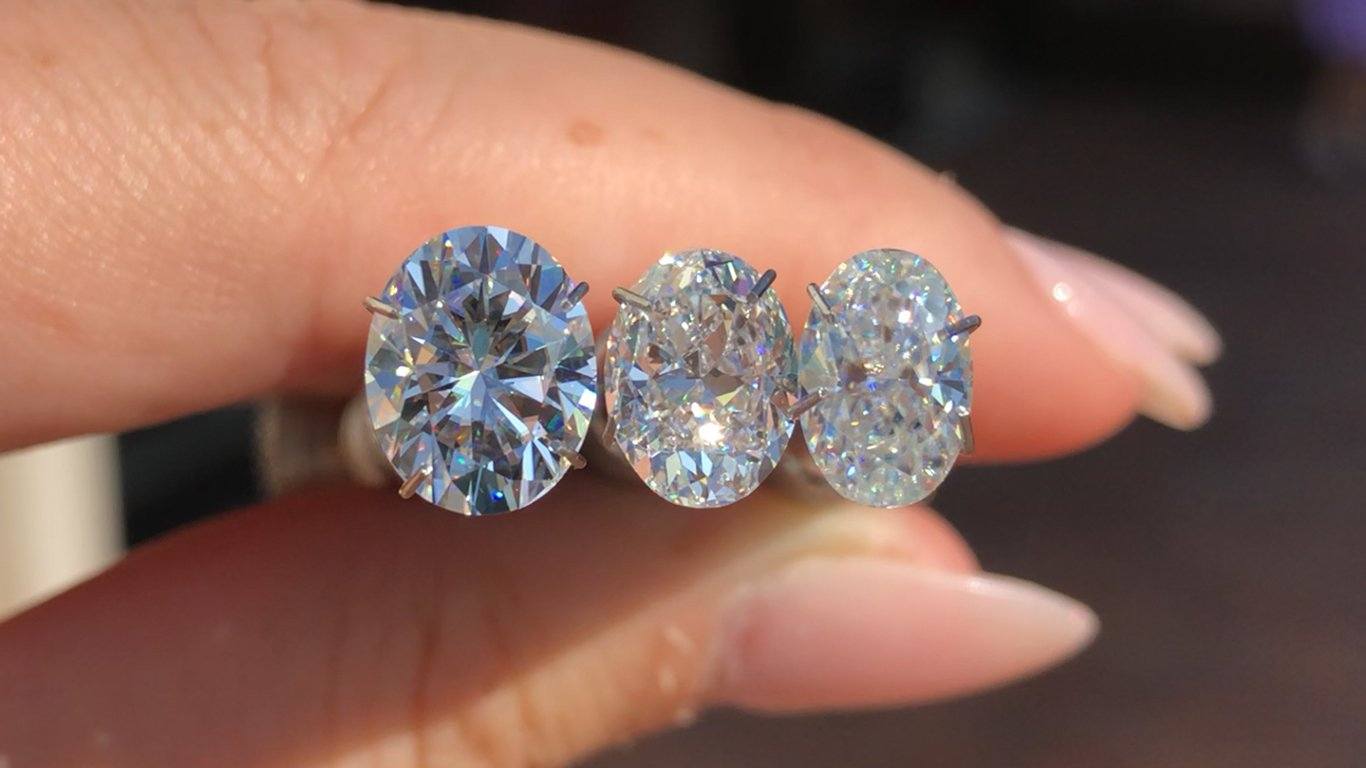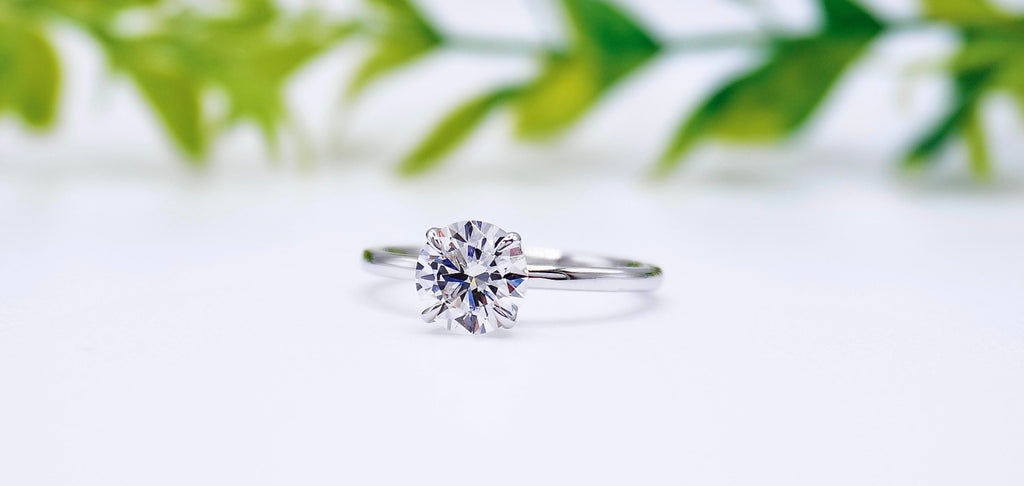Introduction to Emerald Shape
emerald shape, characterized by its elongated rectangular form with trimmed corners, stands out as one of the most iconic cuts in the world of gemstones. Its sleek lines and stepped facets give it a distinctive appearance that has captured the hearts of jewelry enthusiasts and gemologists alike.
Historical Context
The emerald cut traces its origins back to the 16th century when diamond cutters sought ways to enhance the brilliance of gemstones. Initially used for emeralds due to their brittle nature, the cut soon found favor with diamonds for its ability to showcase clarity and color.
Characteristics of Emerald Shape
Emerald-cut gemstones typically feature a rectangular or square outline with truncated corners, facilitating a larger table facet that emphasizes clarity over brilliance. This cut’s step-cutting method highlights the gem’s clarity and color, making it a preferred choice for those who appreciate understated elegance.
Popular Uses in Jewelry
Jewelers favor the emerald shape for its versatility, suitable for both solitaire settings and elaborate designs. Engagement rings often feature emerald-cut diamonds, while earrings and pendants benefit from its clean lines and timeless appeal.
Gemological Considerations
Gemologists evaluate emerald-shaped stones based on their depth, table percentage, and facet alignment. These factors determine the gem’s brilliance and overall appearance, influencing its value in the market.
Artistry in Cutting
Crafting an emerald cut requires precision and expertise to maximize the stone’s optical properties. The cut’s large, open table and step-cut facets demand skilled hands to ensure symmetry and balance.
Emerald Shape in Different Gemstones
While primarily associated with lab created diamonds the emerald cut is also applied to other gems such as aquamarine, topaz, and morganite. Each gem type brings out unique characteristics when shaped in this elegant form.
Cultural Significance
Beyond its aesthetic appeal, the emerald shape holds cultural symbolism in various societies. Associated with royalty and prosperity, emerald-cut gems often play significant roles in ceremonies and rituals.
Emerald Shape in Modern Fashion
In contemporary jewelry trends, the emerald cut continues to thrive, favored by celebrities and designers for its classic yet contemporary allure. Its clean lines complement both vintage-inspired and modern settings.
Buying Guide
When purchasing an emerald-cut gemstone, consider factors like clarity, color intensity, and cut quality. Opt for stones with excellent symmetry and minimal imperfections to ensure maximum brilliance and value.
Caring for Emerald-Cut Gems
To maintain the beauty of emerald-cut stones, clean them regularly with a soft brush and mild soap solution. Avoid harsh chemicals and store them separately from other jewelry pieces to prevent scratches.
Emerald Shape in Art and Design
The emerald motif extends beyond jewelry into architecture and decorative arts, where its geometric elegance inspires timeless creations. From stained glass windows to ornate facades, this cut’s influence is evident in various art forms.
Emerald Shape in Technology
Advancements in cutting technology have enhanced the precision and efficiency of producing emerald-cut gemstones. Computer-aided design (CAD) and laser cutting techniques have revolutionized the gem cutting industry, offering new possibilities for custom designs.
Environmental and Ethical Impact
The sourcing of emeralds raises concerns about environmental sustainability and ethical mining practices. Responsible sourcing initiatives aim to minimize ecological footprints and uphold fair labor standards in the gemstone trade.
Conclusion
The emerald shape remains a cornerstone of elegance in the world of gemstones, celebrated for its refined aesthetics and timeless appeal. Whether adorning engagement rings or gracing museum exhibits, this cut continues to captivate with its understated brilliance and enduring allure.






